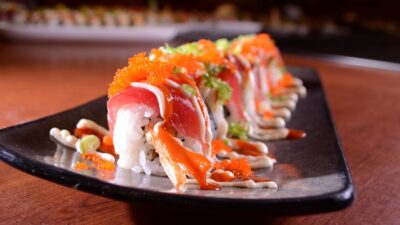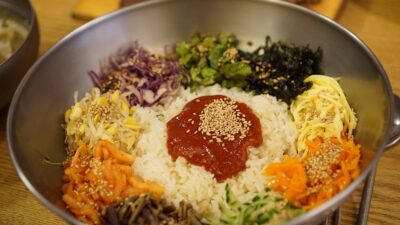Dim sum is more than just food; it’s an experience steeped in tradition, culture, and communal joy. Originating from the Cantonese culinary tradition, dim sum has become a beloved brunch choice worldwide. This guide dives into the history, flavors, and etiquette of dim sum, helping you appreciate this delightful culinary art.
The History of Dim Sum
The history of dim sum can be traced back to ancient China, particularly during the Tang Dynasty (618-907 AD). It began as a simple snack served to travelers along the Silk Road. However, the tradition truly flourished in Guangdong Province and Hong Kong, where teahouses emerged, serving small plates of food alongside tea, a practice that continues today.
Understanding Dim Sum
The term "dim sum" translates to "touch the heart," which captures the spirit of sharing flavorful bites among family and friends. Traditionally enjoyed on weekends, dim sum involves a variety of small dishes served in steamer baskets or on small plates, making it perfect for tasting and sharing.
Types of Dim Sum
While there are countless variations, several types of dim sum are universally recognized:
-
Dumplings (饺子):
- Har Gow (虾饺): Delicate shrimp dumplings with a translucent skin.
- Siu Mai (烧卖): Open-topped pork dumplings, often garnished with crab roe.
-
Buns (包子):
- Char Siu Bao (叉烧包): Steamed buns filled with sweet barbecued pork.
- Lai Wong Bao (奶黄包): Sweet custard buns, a dessert favorite.
-
Fried and Savory Dishes:
- Spring Rolls (春卷): Crispy rolls filled with vegetables or meat.
- Turnip Cake (蘿蔔糕): Savory cake made with grated radish and rice flour, often pan-fried.
- Sweet Treats:
- Egg Tarts (蛋挞): Flaky pastry filled with creamy egg custard.
- Mango Pudding (芒果布丁): A refreshing dessert made with ripe mangoes.
The Dim Sum Experience
A typical dim sum brunch involves the joyous sound of carts rolling around the restaurant, filled with steaming baskets of delightful morsels. Diners choose their dishes, either from the carts or a menu, enjoying a leisurely meal that encourages sharing and conversation.
Tea Pairing
Tea plays a crucial role in the dim sum experience. Traditionally, Chinese tea is served, with pu-erh, oolong, and jasmine being popular choices. The tea not only complements the flavors of the food but enhances digestion.
Dim Sum Etiquette
When indulging in dim sum, knowing a few etiquette tips can elevate your experience:
- Sharing: Dim sum is all about sharing. Encourage everyone at the table to try a little bit of everything.
- Serving Tea: Always serve tea to others before filling your own cup. It’s a sign of respect.
- Using Chopsticks: While using chopsticks is traditional, it’s perfectly fine to request utensils if needed.
- Declining Leftovers: It’s polite to finish your meal, but if you can’t, wrapping up leftovers is generally acceptable at more casual settings.
Where to Enjoy Dim Sum
While dim sum is best experienced in a traditional Chinese restaurant, many urban areas have emerged with unique takes on this beloved brunch tradition. Here are some recommendations:
- Local Chinese Restaurants: Look for places that specialize in dim sum, often characterized by their bustling ambiance.
- Dim Sum Brunches: Many upscale restaurants offer bottomless dim sum brunches, often with innovative twists.
- Food Markets: Explore local food markets that feature dim sum stalls for a more casual experience.
Conclusion
Dim sum is more than just a meal; it embodies sharing, warmth, and community. With its diverse offerings, rich history, and social nature, dim sum stands as a symbol of Chinese culinary artistry. Whether you’re a seasoned dim sum aficionado or a curious newcomer, embarking on this delightful brunch adventure promises an unforgettable experience, one bite at a time. So gather your friends and family, and dive into the enticing world of dim sum delights!



